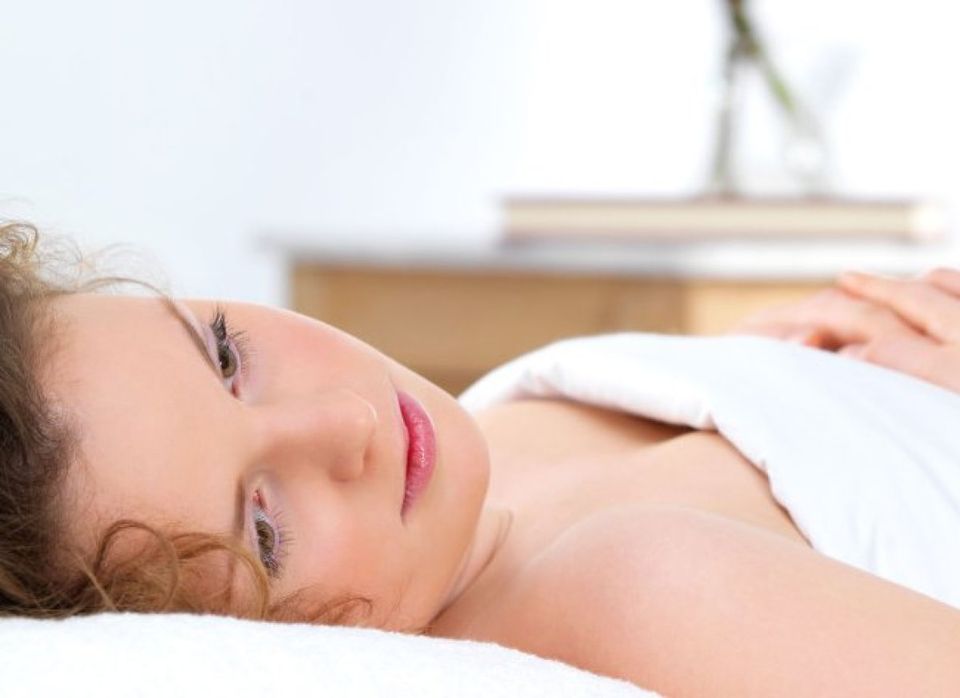
Risk factors for obstructive sleep apnea -- the sleep disorder in which breathing repeatedly stops and starts -- run the gamut, from smoking and high blood pressure, to the most common, high body mass index (BMI). But a recent study by researchers at Wayne State University School of Medicine reveals that even with BMI accounted for, one key risk factor remains -- race.
In the study of 512 patients observed at the Detroit Receiving Hospital Sleep Disorders Center between July 1996 and February 1999, the severity of sleep apnea was shown to be higher among African-American men under 40 years old and between 50 and 59 years old. No difference was found between African-American and white women, however.
Lead researcher, James Rowley, PhD, professor of medicine at Wayne State Medical Director of the sleep disorders center, says that the mechanism for a racial difference in sleep apnea severity is unclear, but potential mechanisms include anatomic differences that affect the way the upper airway open and close, as well as differences in the neurochemical control of breathing.
According to the Mayo Clinic, there are two main types of sleep apnea:
Obstructive sleep apnea, the more common form that occurs when throat muscles relax
Central sleep apnea, which occurs when your brain doesn't send proper signals to the muscles that control breathing
Rowley's research isn't the first to identify differences in how race affects the quality of sleep.
In two presentations at the annual meeting of the Associated Professional Sleep Societies in Boston last year, scientists reported that the amount and quality of sleep people get each night vary across racial and ethnic lines, with one study showing that blacks and Asians don’t sleep as much as whites do, and another study showing that foreign-born Americans are less likely to report having sleep problems than those born in the U.S.
Unlike Rowley's study, however, the authors of last year's research surmise that the majority of the differences in sleep patterns between races can be chalked up to environmental or even geographical factors — rather than genes or physical characteristics like variations in facial structure that could interfere with breathing and sleep, TIME's Alice Park noted.
Regardless of why sleep apnea occurs, experts point to ample evidence for treating it.
In a study by researchers at the Cleveland Clinic, for example, one method of treatment for sleep apnea, called positive airway pressure or PAP, was shown to ease symptoms of depression. Similarly, European researchers reported last week that PAP may also boost sleep apnea patients' productivity at work.
